The mission to drill into Earth’s mantle restarts this week, with a research vessel that drills core samples and collects measurements from under the ocean floor.
Geologists have been trying for almost 60 years, to reach below Earth’s crust into the planet’s mantle, that starts 3-4 kilometers deep at the drilling point.
Earth’s mantle is a layer between the crust and the outer core. It is a silicate rocky shell with an average thickness of 2,886 kilometres (1,793 mi) and makes up about 84% of Earth’s volume.
Now, they started a new project on the drill ship JOIDES Resolution, to drill to the rocky shell.
The vessel will be stars drilling in a point at the southwestern Indian Ocean, known as Atlantis Bank.
JOIDES Resolution will provide scientists important data about Earth’s development.
Data from The JR‘s ocean drilling offer a scientific means of understanding climate and environmental change throughout a significant part of our planet’s history—a research subject often termed Earth’s paleoclimate. The JR’s core samples are the “smoking gun” in evaluating many historical events related to paleoclimate, changes in the solid earth and more — like the extinction of the dinosaurs and plate tectonics, for example.
The research vessel is named for HMS Resolution, commanded by Captain James Cook over 200 years ago, which explored the Pacific Ocean, its islands, and the Antarctic region. Like its namesake, the purpose of our current Resolution is to sail for scientific exploration. This time, those discoveries lie beneath the ocean floor.
source nature

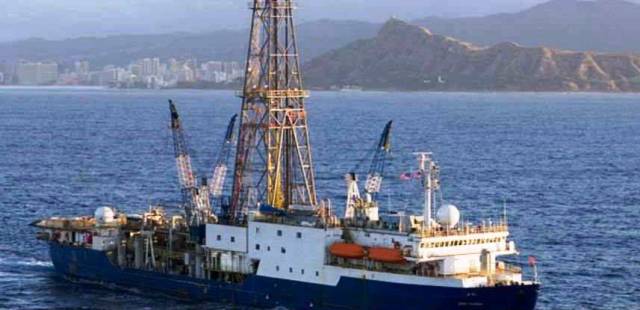
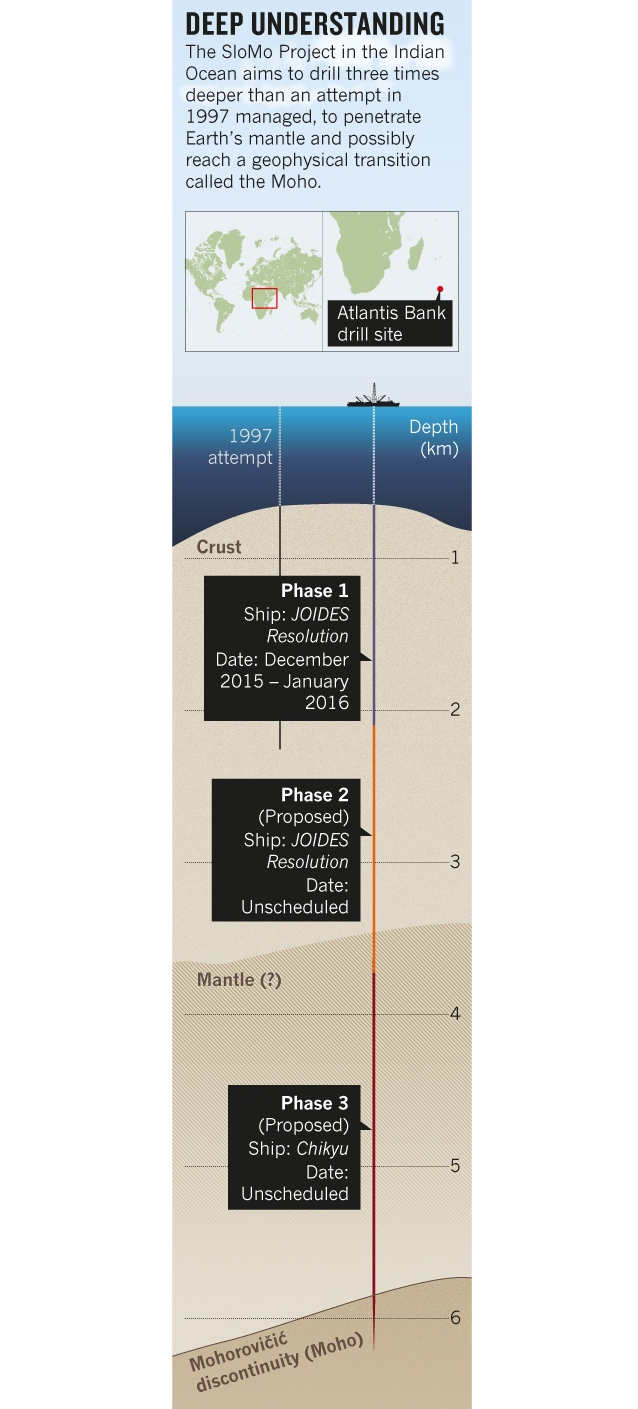
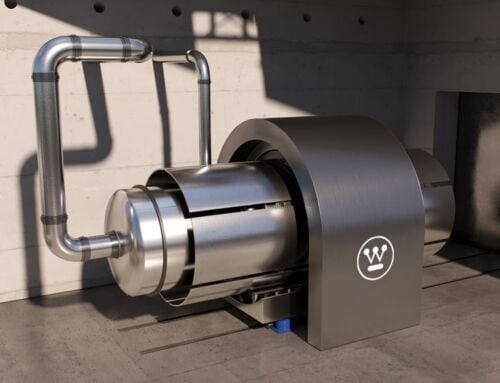
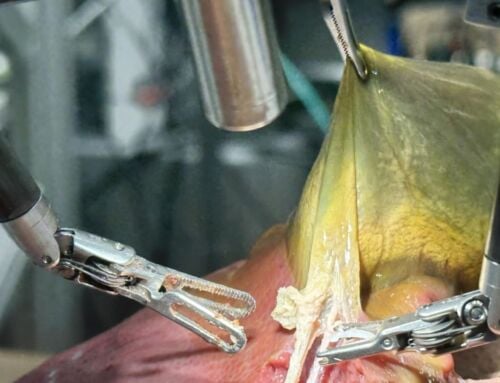

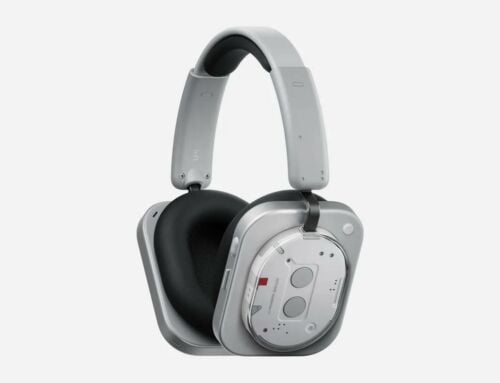
Leave A Comment